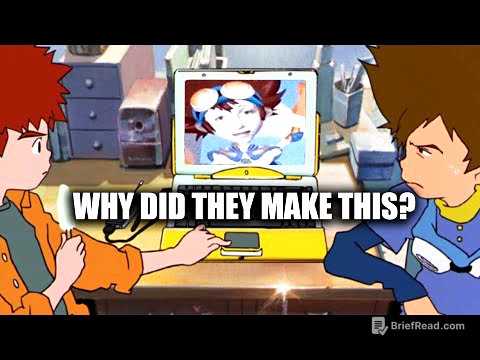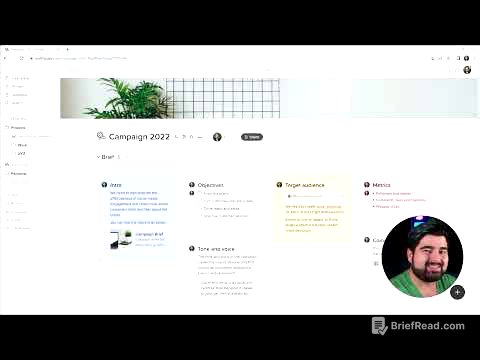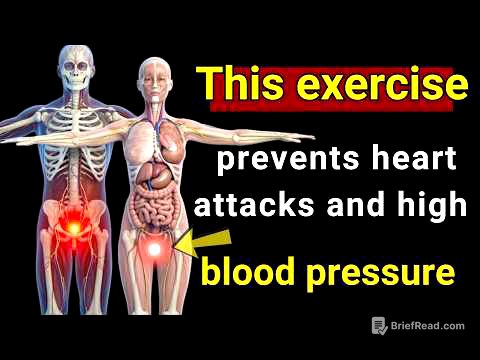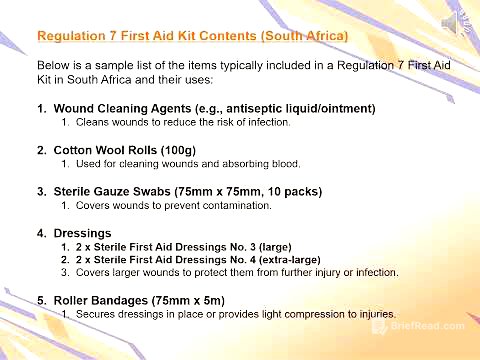TLDR;
This video provides a quiz-like guide to help viewers determine the best self-employment model for them based on their preferences, skills, and available time. It explores three main models: selling services (freelancing), selling products (digital or physical), and selling influence (content creation/personal branding). The video offers actionable steps and tips for beginners in each area, emphasizing the importance of continuous learning and adapting to the chosen path.
- Selling services (freelancing) is the quickest way to make money.
- Selling products (digital or physical) requires more upfront investment.
- Selling influence (content creation/personal branding) takes a long time to build.
Intro: Finding the Right Business Model [0:00]
The video introduces a quiz designed to guide viewers in selecting a self-employment model that aligns with their preferences. It outlines three primary business models: selling services, selling products (physical or digital), and selling influence through personal branding and content creation. The quiz aims to provide clarity on which path to pursue based on individual circumstances and goals.
Selling Services: Freelancing [0:40]
Selling services, or freelancing, is presented as the quickest way to generate income. Most skills and experiences can be adapted into freelancing opportunities. Examples include freelance web development, social media management, and virtual assistance. Freelancing is highlighted as the cheapest business to start, requiring minimal initial investment beyond a laptop and internet access. The video emphasizes that even without specialized skills, offering time and willingness to learn can be valuable to busy business owners.
Assessing Your Skills and Time [1:18]
The video explores whether the viewer already possesses valuable skills that people would pay for. If so, they can leverage those skills immediately. If not, the video suggests dedicating time to learn an entry-level skill, even just for a short period. It emphasizes the accessibility of free learning resources like Google and AI tools such as ChatGPT and Claude. The importance of continuous learning is stressed, as it directly impacts the ability to solve bigger problems for clients and earn more money.
Choosing a Freelancing Path [4:31]
Viewers are encouraged to select a freelancing area that interests them most, with the understanding that they can always change their path if needed. The video highlights the potential for creating hybrid roles by combining different interests and skills. It also notes that small businesses often provide opportunities for freelancers to expand their roles and learn new skills due to the small team.
Freelancing Options Based on Interests [5:33]
The video presents various freelancing options based on different interests:
- Teaching/Coaching: Online tutor, test preparation coach, business coach, marketing consultant, workshop teacher, health and wellness coach, music instructor, etc.
- Working with Hands: Home services, personal chef, baking/cake decorating, moving services, etc.
- Writing: Content writer, copywriter, script writer, proofreader, translator, transcriber, etc.
- Design/Editing: Photographer, graphic designer, video editor, podcast editor, animator, voiceover actor, UGC creator, etc.
- Tech: Front/back-end developer, mobile app developer, UI/UX developer, game developer, etc.
- Numbers/Data: Bookkeeping, accounting, data analyst, ads manager, etc.
- Organization/Planning: Project management, event planning, digital business management, virtual assistant, customer support, community manager, etc.
- Sales/Marketing: Social media assistant, paid ad specialist, SEO specialist, email marketer, sales development rep, etc.
- Consulting/Strategy: Business strategist, marketing strategist, content strategist, YouTube strategist, etc.
Tips and Tricks for Junior Freelancers [11:05]
The video provides actionable tips for starting as a junior freelancer:
- Use Google to learn skills and create a learning plan.
- Focus on practical skills and invest in resources with hands-on projects.
- Create real projects for businesses or content creators and offer them for free to build a portfolio.
- Gather testimonials and create a simple portfolio with an IHEL statement, work samples, results, pricing, and an about me section.
- Commit to contacting at least five potential clients each week through networking, online pitches, or freelancing sites.
Freelancing with Existing Skills vs. Building an Agency [14:22]
For those with existing skills, the video advises deciding whether to work solo as a freelancer or build a team and start an agency. If choosing to freelance, the advice is to showcase work samples, gather testimonials, and consistently reach out to potential clients. For those considering an agency, it's recommended to gain managerial experience as a freelancer first. If starting an agency, the video suggests choosing a specialty, creating a website, establishing business systems, making the first hire, and maintaining a steady client pipeline.
Selling Products: Digital or Physical [18:10]
The video transitions to selling products, either digital or physical, as a business model. Digital products include online courses, workshops, and ebooks, while physical products range from handcrafted items to sourced goods. The first decision is whether to sell digital or physical products. Digital products require packaging existing skills or knowledge, while physical products involve inventory and shipping logistics.
Digital vs. Physical Products: Inventory and Logistics [19:25]
For digital products, the video asks whether the viewer has a unique skill or knowledge to sell. If selling physical products, the key question is whether they are willing to handle inventory and shipping. If not, options like Amazon FBA, drop shipping, or print on demand are suggested. If willing to handle logistics, the next step is to decide whether to make the goods themselves (handcrafted) or find a supplier.
Handcrafted Goods vs. Sourcing Products [20:47]
If making handcrafted goods, the video asks if the viewer already has crafting skills. If sourcing products, it asks if they have the money to invest. Those without investment capital are directed back to non-inventory businesses. Those with capital must decide whether to sell their own brand (private label) or an existing brand (wholesale/retail arbitrage).
First Steps for a Product Business [21:53]
The initial steps for starting a product business include:
- Identifying a pain point that can be solved with a product.
- Validating that people would pay for the product.
- Creating a basic version of the product.
- Offering a beta round to an email list or network.
- Gathering feedback and testimonials to refine the product.
Selling Your Influence: Content Creation and Personal Branding [22:40]
The video addresses selling influence through content creation and personal branding, such as becoming an influencer, podcaster, or YouTuber. A crucial question is whether the viewer is comfortable putting themselves on the internet. If not, they can explore faceless content creation or freelance for content creators.
Content Creation: Time Commitment and Learning [24:10]
For those willing to be visible online, the video emphasizes the significant time commitment (six months to two years) required to learn and create content consistently with little initial revenue. It stresses the importance of studying content creation, not just consuming it. Those unwilling to invest the time are advised to freelance for content creators.
Content Creation: Finding Your Niche and Medium [25:50]
The video suggests picking a niche or trying different things to see what resonates. It then explores different content mediums based on preferences:
- Writing: Micro-blogging (X, Threads, LinkedIn) or long-form blogging/newsletters (Substack, Medium).
- Voice: Podcasting.
- Video: Live streaming (Twitch, TikTok, Instagram, YouTube) or pre-recorded videos (short-form on TikTok/Instagram or long-form on YouTube).
First Steps for Content Creators [28:16]
The initial steps for starting a content creation business include:
- Choosing a niche and validating that there is a market for that type of content.
- Focusing on one platform to start.
- Identifying trends in the niche and adapting them to your style.
- Starting with existing equipment (a phone is often sufficient).
- Creating a learning program to study content creation.
- Aiming to improve content by 1% with each post and posting at least once a week to gather data and build accountability.









